 |
Seals, Flags, House & Senate Emblems
 Back to Symbols-Main Back to Symbols-Main
|
|
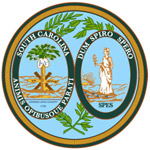
Additional Images
(perfect for report covers)
Image 1
Image 2 |
THE STATE SEAL AND MOTTO
On March 26, 1776, the Provincial Congress of South Carolina set up an independent government, electing John Rutledge, President. On April 2, 1776, the President and Privy Council were authorized by Resolution of the General Assembly "to design and cause to be made a Great Seal of South Carolina."
The principal designers were William Henry Drayton and Arthur Middleton.
President Rutledge used the Seal for the first time on May 22, 1777. The current seal is made up of two elliptical areas, linked by branches of the palmetto tree. The left oval is the palmetto tree with a fallen oak at the base. The right oval is the goddess Spes (Hope) walking on the beach at dawn over discarded weapons.
The State’s two mottos surround the two ovals. On the left is "Animis Opibusque Parati", meaning Prepared in Mind and Resources. On the right, "Dum Spiro Spero", meaning While I Breathe I Hope.
|
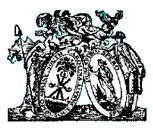 |
This copy of one of the first seals of South Carolina appeared on March 28, 1785 in the nameplate of the State Gazette of South Carolina, a Charleston newspaper. The paper was published by Ann Timothy, the state's printer. |
 |
THE SEAL OF THE SENATE |
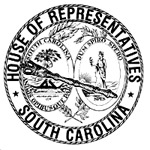 |
THE SEAL OF THE HOUSE OF REPRESENTATIVES |
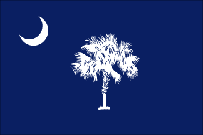 |
THE STATE FLAG
The General Assembly adopted the current version of South Carolina’s flag on January 28, 1861. This version added the Palmetto tree to the original design by Colonel William Moultrie in 1775 for use by South Carolina troops during the Revolutionary War. Colonel Moultrie chose a blue color which matched the color of their uniforms and a crescent which reproduced the silver emblem worn on the front of their caps. |
The palmetto tree symbolized Colonel Moultrie's heroic defense of the palmetto-log fort on Sullivan's Island against the attack of the British fleet on June 28, 1776.
By statute the flag shall be displayed "upon the inside of every public school building in this State so that all school children shall be instructed in proper respect for the flag," and daily except in rainy weather, from a staff upon the State House and from a staff upon each County Courthouse. The State Flag is also to be displayed in accordance with rules set by the State Superintendent of Education, on the grounds of educational institutions supported in whole or part, by funds derived from the State. It is also prescribed that any person who mutilates, injures or desecrates the State Flag, wherever displayed, shall be guilty of a misdemeanor, punishable by a fine of not more than $100 or by imprisonment for not more than 30 days or both. |
 |
THE STATE PLEDGE TO THE FLAG OF SOUTH CAROLINA
The official State Pledge to the Flag of South Carolina was adopted by Act Number 910 of 1966. The pledge was originally written in 1950 by Mrs. John R. Carson. It is as follows: "I salute the flag of South Carolina and pledge to the Palmetto State love, loyalty and faith." |
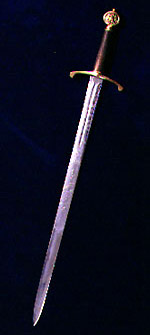 |
THE STATE SWORD
The Sword is a symbol for the South Carolina Senate and is placed in a cradle on the Senate rostrum whenever the Senate is in session. The current Sword was presented to the Senate on February 20, 1951, as a personal gift to South Carolina by Lord Halifax, former British ambassador to the United States, after learning of the theft of the original sword. The sword is made of steel and gold. The blade is etched with sprigs of yellow jessamine and the State Seal. The hilt has a pommel decorated with rossettes, the grip is wrapped with gold braid and the scabbard is covered in leather with brass fittings.
This sword replaces the cavalry sword that was used after the Sword of State disappeared from the Senate rostrum in 1941. The cavalry sword was presented on March 5, 1941, and is carried in the Senate Journal of that date as follows: |
"Mr. Means, on behalf of the Charleston Museum, which is the oldest like institution in the U.S., presented to the Senate a cavalry sword made in 1800 and used in the War of 1812 and in the War of the Confederacy, to replace the Sword of State recently stolen from the Chamber." This sword has been returned to the Charleston Museum.
Facts as to the history of the Sword of State and of the one that mysteriously disappeared in 1941 were secured from A.S. Salley, Historian Emeritus, and are as follows: Earliest mention found is in Journal of the "Commons House of Assembly of South Carolina" for Friday, May 5, 1704, wherein it is stated that:
£26 11s. 3d. (about $129) be paid for a Sword of State, "for the Rt. Hon. the Governor and all succeeding Governors for the Hon. of this Government."
The Governor and the eight deputies of the eight Lords Proprietors of Carolina constituted the Upper House of the General Assembly. The Sword of State was secured and used by the Grand Council until that body passed out of existence with the overthrow of the government of the Lords Proprietors in South Carolina in December 1719.
Thereafter it was used by His Majesty's Council for South Carolina, at least until June 23, 1722, when Arthur Middleton, President of the council, and acting Governor, informed the Commons House that it was "no way proper to be used by any of His Majesty's Governor" and suggested that the House give it to the "Corporation of Charles City (Charleston) and Port, to be carried before the Mayor."
Says Mr. Salley:
"Whether this suggestion was carried out and a new sword procured, the writer has so far been unable to ascertain, but throughout the records of His Majesty's Council for South Carolina down to the Revolution evidence is found of the use of a Sword of State. On March 26, 1776, South Carolina adopted a Constitution independent of the government of Great Britain and elected John Rutledge, President of the State. He was inaugurated on the following day, and the Journal of the Lower House records that His Excellency was preceded by the sheriff bearing the Sword of State and the Officers of the Legislative Council."
"The same sword of State," says Mr. Salley, "has been in constant use ever since, being borne by the Sergeant-at-Arms of the Senate instead of the Sheriff of Charleston District (now County) as then."
"That this sword of State was made in Charles Town (now Charleston) by a local silversmith is evidenced by the fact that it contains no hallmarks, which would not be the case had it been made in England." |
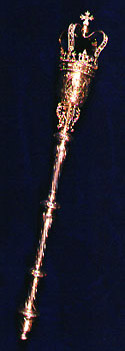 |
THE MACE OF THE HOUSE OF REPRESENTATIVES
The South Carolina House of Representatives Mace is the oldest legislative mace in use in the United States. A Mace is the emblem of authority for the House of Representatives. It has been the custom every day, since 1880, upon the opening of session, for the Sergeant-at-Arms to bear the mace ahead of the Speaker and lay it upon its specially prepared rack on the Rostrum in front of the Speaker. The Mace remains on its rack until recess or adjournment. When the House and Senate meet in a Joint Assembly, the Mace is always borne at the head of the procession.
The Mace was made in London, in 1756, by Magdalen Feline. It was purchased by the "Commons House of Assembly of the Province of South Carolina" for 90 guineas. Around the cylindrical head, below the crown, are four circular decorative panels. The four panels depict art work that is representational of craftsmanship from England, France, Ireland and Germany. Made of solid silver, with gold burnishing, it resembles the Mace of the Common Council of Norwich, England. The Mace weighs about 11 pounds and it is scepter-like in appearance. It is topped with a symbolic royal diadem that was modelled after the Crown of St. Edward. At some point in the fourteenth century the idea of the battle-mace was combined with that of the royal scepter, and the ceremonial mace was conceived. |
So far as Mr. A.S. Salley, Historian Emeritus, was able to learn it is the only Mace in use in the United States that antedates the American Revolution. In the diary of Joseph Quincey, Jr. of Massachusetts it is recorded that on March 19, 1773, he visited the House in Charleston and saw the Mace. He declared that "a very superb and elegant one," resides on the table before the Speaker. During the Revolution this Mace was appropriated by British sympathizers who offered it for sale to the House of Assembly of the Bahama Islands. The records of the body show that authority was given to purchase it. Mr. Salley reported that "as a matter of fact" it was not purchased.
During the latter part of the American Revolution the mace disappeared from its resting place in the old State House of Charles Town, now Charleston. In 1819 when the Hon. Langdon Cheves of South Carolina went to Philadelphia as President of the Bank of the United States, he found the Mace in a vault of the bank and returned it to South Carolina.
In a letter to Mr. Salley, the Hon. James Simons of Charleston, states that the "Mace was not used after war until I became Speaker, when I had it brought up into the House and used for the purposes for which it was intended."
During the night of February 3, 1971, the Mace was taken from the locked glass enclosure. On February 24, 1971, it was recovered in Gainsville, Fla., by Chief J.P. Strom of SLED and returned to the House of Representatives, where it is displayed in a vault. |
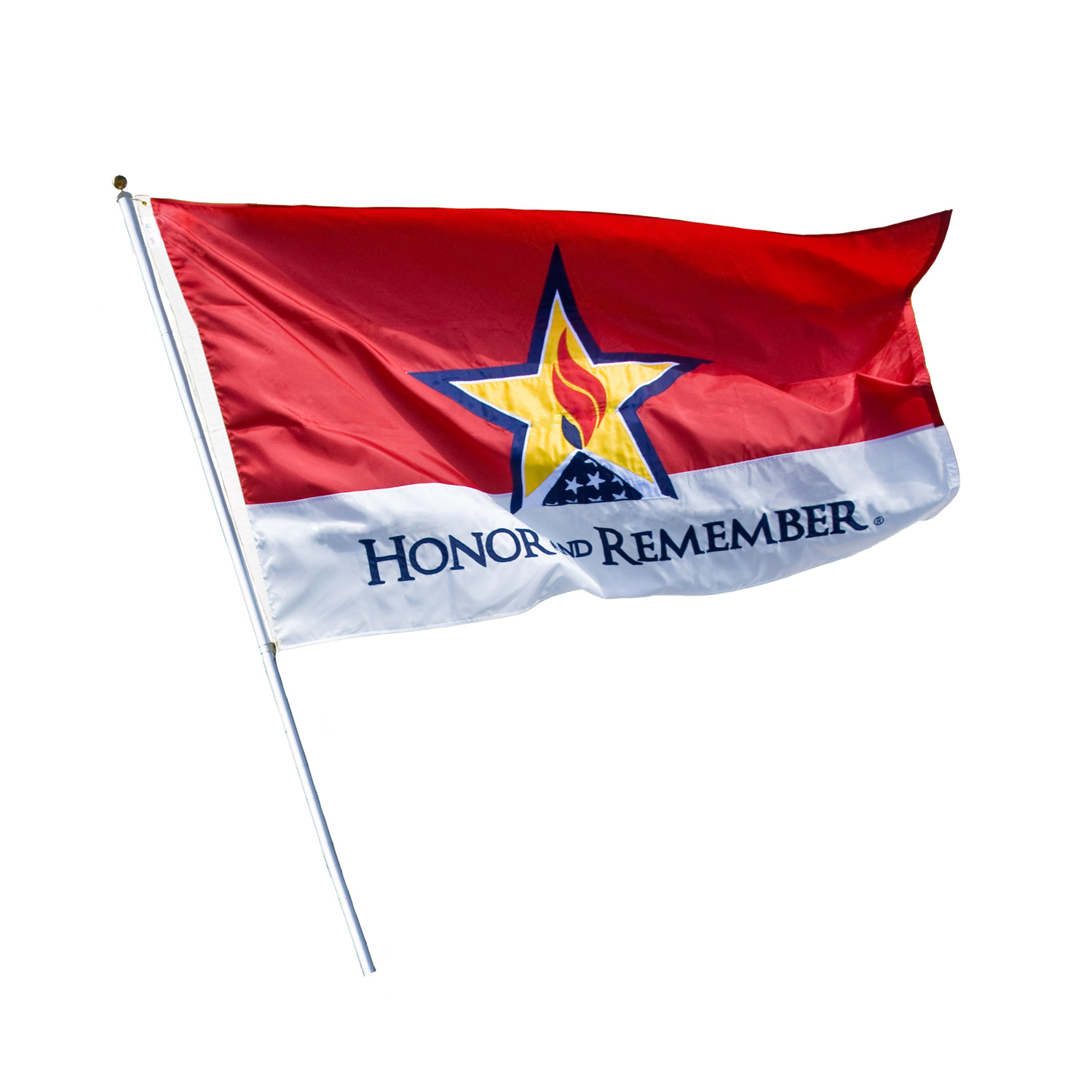 |
THE HONOR AND REMEMBER FLAG
Act Number 237 of 2012 designated the Honor and Remember Flag as the Official State Emblem of the Service and Sacrifice by those in the United States Armed Forces who have given their lives in the line of duty. |
|
|
 |
 |